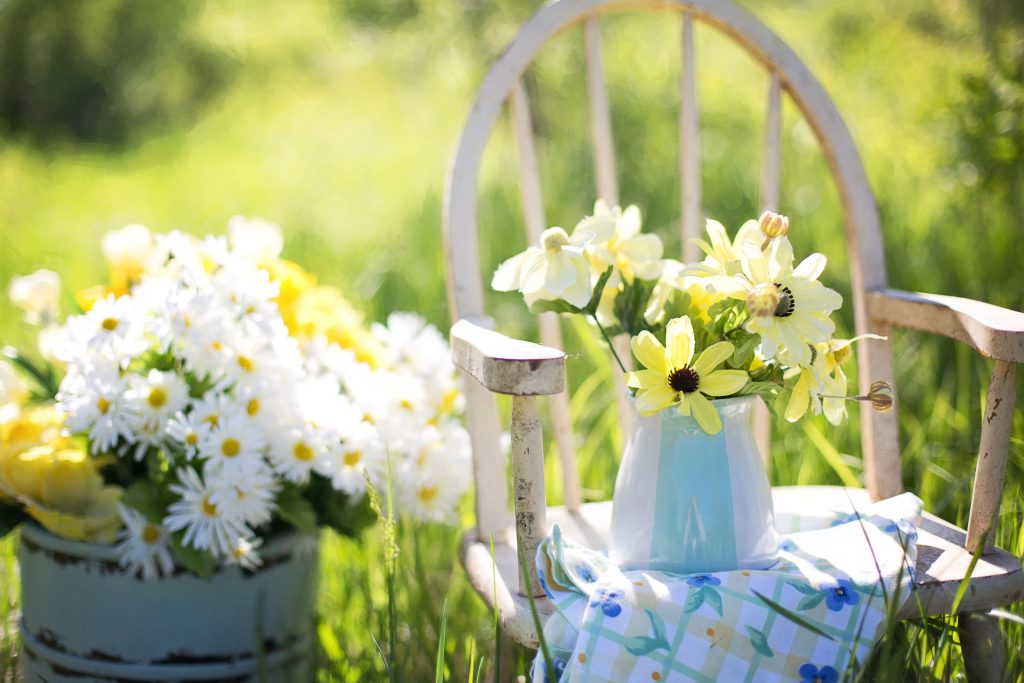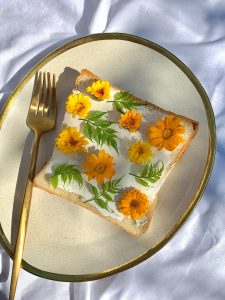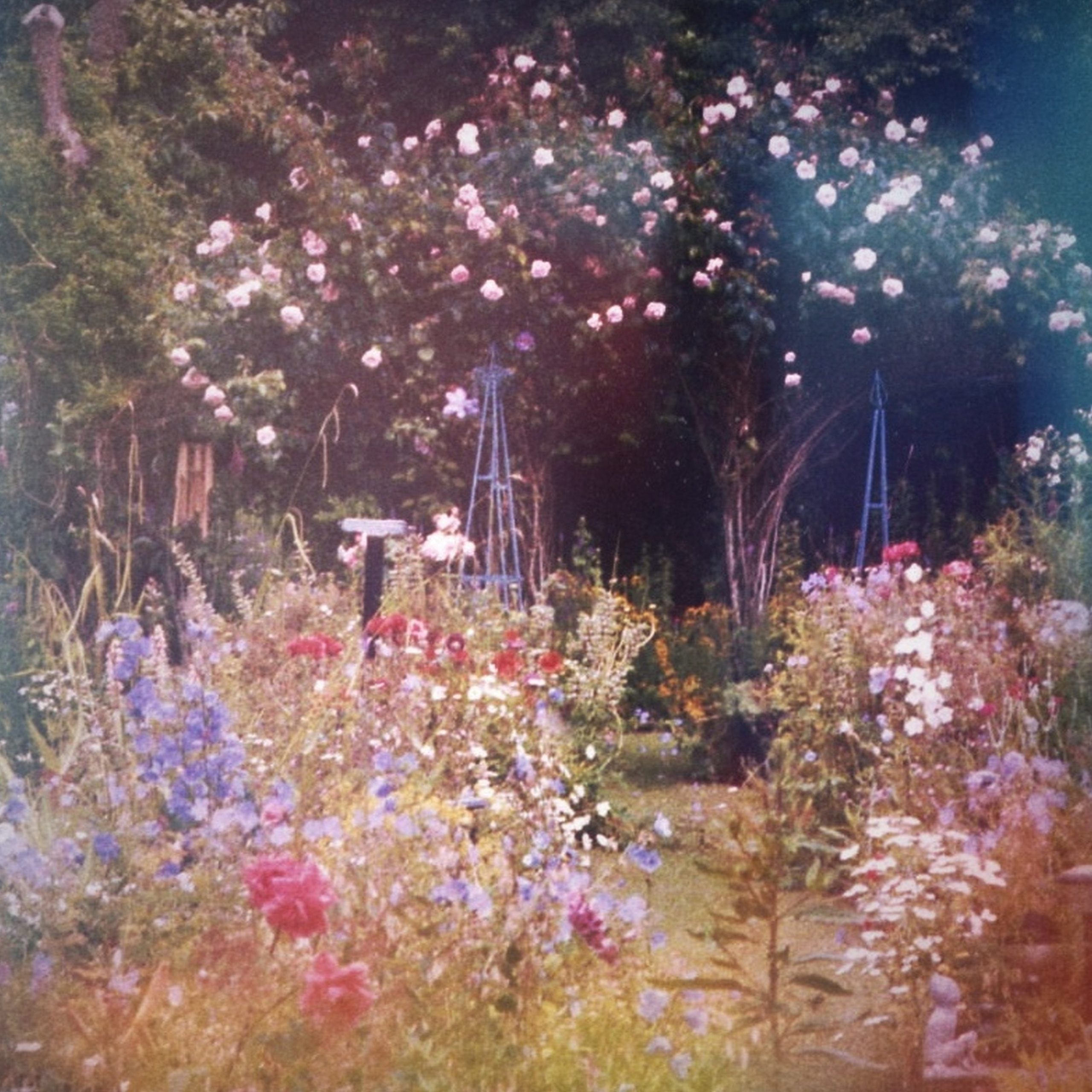Take your pick from a bunch of suggestions from two of our favourite gardeners.
Nancy Birtwhistle recommends this plant feed with added benefit in her book The Green Gardening Handbook:
Plants love this liquid feed even though it smells awful to us. When I decided to add a little clove-bud oil I thought it smelled even worse! Plants are able to absorb essential elements through their leaves (foliage). After reading that plants love a nettle feed, and that clove-bud oil is an insect deterrent, I made this mix because I wanted to give my veggies an organic feed while at the same time trying to keep butterflies off my cabbages (it not only repels butterflies and other flying insects, it also controls aphids).
Makes about 500ml spray
YOU WILL NEED:
Rubber gloves
Scissors
60g nettles, leaves and stalks
Clean, old plastic tub with a lid
Old fine tea strainer
1-litre bottle with spray attachment
1-2 drops eco-friendly washing-up liquid
6 drops clove-bud oil
Wearing gloves, harvest the nettles with scissors. Select the young leaves because they contain more nitrogen that is quickly broken down in water. The leaves need to be 5-7cm long. Pop them in a plastic tub that has a lid. I buy my bicarbonate of soda in 5kg tubs and this container, complete with handle and lid, is perfect. Pour over the cold water (or rainwater), stir and push the nettles into the water using a gloved hand. Pop the lid on and leave outside and forget about it for at least a week (two weeks is even better), stirring maybe once or twice during that time.
When ready to use (and I suggest you do this outside), take off the lid, give it a stir and the smell will send you reeling – it really is awful, but plants love it! Strain off the leaves, using simply the lid as an aid, then strain again using an old fine tea strainer (the nettles will be a welcome addition to the compost heap). Fill the spray bottle with the foul-smelling liquid, then add the eco-friendly washing-up liquid and clove-bud oil. Give it a good shake then spray away!

- Late summer tends to be party time for caterpillars so if you have sprout plants and cabbages now is the time to keep an eye out. Little round clusters of pale cream eggs often about the size of a drawing pin can be spotted on the underside of large leaves. These can easily be rubbed off without the need for harmful sprays.
- If you’re going on holiday – ask a good friend or neighbour to do watering and general care in your absence – the offer of free fruit and veggies is always welcomed by the garden caretaker.
- If you have a greenhouse, it is essential in warm weather that the windows can open allowing cooler air to circulate. In very hot weather, dampen down the greenhouse: as well as watering and spraying the plants I water the floor too, which creates a humid rather than dry environment for growing plants. If you’re going away, leave full cans of water in your greenhouse so your garden caretaker can quickly and easily do this for you.
- Even if there have been heavy downpours of rain, which is hugely helpful and beneficial to veggies growing in beds, it is still important to head over to your supply of rainwater (from the biggest water butt you have room for) to water pots, containers and hanging baskets daily, even twice daily on very hot or very windy days.
Edible flowers feed a need for colour

We’ve also taken inspiration from Sarah Raven’s A Year Full of Veg and her suggestions for edible flowers to add colour to your summer in salads, drinks, icecubes, and cakes. We’ve picked five of her choices here:
Chives – ordinary chives provide purple flowers (A. schoenoprasum) and garlic chives (A. tuberosum) starry white pompoms; both are favoured by butterflies and bees. The flowers of both taste like a mild version of the leaves: the ordinary purple chives are mildly oniony and the white garlic chives a little more reminiscent of garlic.
Courgette flowers – all varieties provide plenty of flowers, but ‘Defender’ and ‘Nero Di Milano’ are the most prolific flower producers. Pack plants tightly at about half their usual spacing, so at 40 cm or so as under stress the plants flower more prolifically.
Rose – Every rose petal is edible, so pick your favourite colour and a variety with a good scent. Use them to decorate cakes and puddings, crystallised or not.
Runner bean flowers – beautiful flowers with a bean flavour.
Viola – these are classic edible flowers to sow and grow all year, including winter. The more you pick, the more they flower. They’re easy to grow from seed and can be in bloom in eight weeks from sowing, almost whenever you sow them. The small-flowered violas are better as an edible flower than the large-flowered pansies, which feel as if you’re eating a wad of felt. I love the stalwart British native Viola tricolor (or heart’s ease). This and V. ‘Phantom’ Sorbet Series both make fantastic winter-into-spring croppers. For spring into summer, add ‘Antique Shades’ and ‘Tiger Eye Red’. I sow them inside, widely spaced into seed trays and transplant into the garden straight from there. You can also sow direct from April to September, and they then self-sow. These are happy growing in very poor soil or even in the cracks of a terrace.


